|
For this project, we checked out Jim Dine. Jim Dine is an American Pop Artist who was born in 1935 and is still alive! The kids love to learn about artists who are still living. Pop art is an art movement in which artists make art about things that are POPular. Mr. Dine chose to make art about hearts. The image of the heart is an iconic image that is recognized world-wide. I'd say that definitely falls into the "popular" category. Although we were a little late, I thought it would be nice to do an art project for Valentine's Day. 1st grade was SOOOOOOO excited to finally get to work with clay. Before the project started, I went ahead and used a cookie cutter to cut out some hearts from the clay. The hearts would act as the base to what the students would be doing.
On the first day of the project, I introduced Jim Dine and clay to the students. Each student was given a heart that had been cut out of clay. I then showed them how to make coils (clay spaghetti noodles) by rolling the clay between their hands/table. These coils were then rolled up into little spirals. We attached the spirals to our clay heart base by a technique called "slipping and scoring." This is when you scratch up the two clay surfaces and rub a little water on them. This helps the two clay pieces to stick together. If you do not do this, the clay will probably fall apart in the kiln (clay oven). When I long-term subbed for Tasha Newton in Fall Creek, she showed me that you could slip and score clay using a toothbrush so that's what I had my students do. This makes slipping and scoring SOOOOO much easier. Any little spots that didn't have clay coils, students were to attach a small ball of clay. While the clay dried and was put in the kiln, we worked on our backgrounds. I made the backgrounds beforehand so i didn't have to worry about students burning themselves with the hot glue gun. We talked about patterns and how that is something that repeats over and over. You can have a pattern of lines, shapes, colors, stripes, etc. We used tempera paint to paint our popsicle sticks all one color. We then added patterns on top of the base colors. For the final day of the project, we talked about contrast. If something has high contrast, it means that two things are nothing alike (black and white, red and green, big and small, smooth and rough, etc). If it has low contrast, the two things are somewhat similar. We would be using high contrast on our project. Because our backgrounds had nice bright, saturated colors, our clay hearts would be a bit lighter so that they didn't blend in with our background. We painted our clay hearts using neon tempera cakes. The students were amazed that the clay soaked up the water and paint and was instantly dry after they had painted it! After they finished painting their heart, they used purple and lime green sharpies to add extra details to their backgrounds. We added shapes, stripes, polka dots, etc. Lastly, they glued four small heart-shaped beads onto their background. I glued their hearts to their backgrounds after school. I am not a big fan of working with clay, but I LOVEDDD how these turned out.
0 Comments
Leif Erikson Day was on October 9th so of course we had to do a project about him! Throughout the project, we learned about Leif as well as vikings in general. It blew their minds when they found out that vikings were real and not just a football team (Mr. Calvert's favorite team at that! Don't hate ya'll!). We learned that Leif was the first European to come to North America, 500 years before Christopher Columbus. This project was another one of Cassie Stephens'. Her projects are just too cool not to do! Check out her blog. Seriously.
Our first day of this project was probably the craziest day of art in my life. Students were given a large sheet of paper in which they first sponge painted white on to. Then they chose two other colors to sponge on top of their white. Next, they took a 9x12 sheet of white and green to the back counter where they learned to dry brush from the center of the paper out to the edges. When dry-brushing, they started with green paint, then yellow, and lastly white. All of this in an action-packed 45 minute class period! Oofda! Mr. Calvert slept well that night! The second day of the project, we tore our dry-brushed papers the long way. Then we layered these papers, starting in the center of the paper and working our way down. This created a grassy hillside for our viking. Next, they used a tracer to create a body and then cut out and glued their own picture onto their viking's head. The next two class periods were spent adding details to our vikings such as shields, belts, buckles, boots, beards, braids, etc. I love how well these turned out. They're so stinkin' cute! So this was a project that I got from a super rad teacher named Don Masse. He runs the Shine Brite Zamorano blog which is one of my faves! I had the privilege of meeting him during an art Twitter chat that I recently hosted.
So we kicked off this project by watching videos of ice caves. We also talked about Wisconsin's ice caves on the Apostle Islands. We began the art-making by talking about secondary colors. Secondary colors are made by mixing two primary colors together. So the secondary colors are purple, green, and orange. Although we only used purple for this project, I thought it would be a good idea to at least talk about the other two. Students painted their paper red and then painted blue on top of it, mixing the colors right on their paper to make purple. Depending on how much blue or red they used, could effect whether they ended up with a blue-purple or a red-purple. The first day, we also tore a blue paper into triangular shapes to create icicles. We added a blue shadow with chalk to the same side on each icicle before gluing them down. This was a SUPER messy day because the students were gluing their icicles onto wet paint. The second day, we continued to to tear paper to add icicles. This time we tore grey paper and then white. Some of the icicles we began to crumple up. This created texture in our art. Texture is how something feels or how something looks like it feels. After adding their chalk shadows and gluing them down, we got a great sense of space in our paintings. Now I'm not talking about that space up in the sky, ya'll. Space in art is the illusion of depth. We talked about this on the second day. Because the blue icicles were in the back, and then the grey, and then the white, it created the illusion of depth because the darker colors were furthest away. We also talked about how overlapping creates a sense of depth. This lesson was packed full of art content and they rocked it once again! Mr. Pollock was a painter who lived from 1912 to 1956, ultimately dying in a car crash at the young age of 44. As most of you probably know, Jackson was famous for his "drip paintings." Oftentimes, people exclaim "Well I could've done that!" But the reason Mr. Pollock is famous is because he was a pioneer of the method during a time when people were dabbling more and more into abstract art. He was known for splattering, spraying, squirting, dripping, and pouring paint onto his canvas. He used all sorts of materials to do this such as brushes, sticks, spatulas, spoons, etc. He worked with his canvas on the floor so that he could "dance" around it as he worked. Throughout this project, I made sure to emphasize that our paintings would NOT look like Pollock's. We were just using a few different techniques that might look like something he would do.
On the first day of the project, we GENTLY splatter painted white stars onto a black background. We also looked at rocket ships before drawing one and tracing them with a marker. Lastly, we used tempera cakes to paint our rocket. The second day of the project, we cut out 4 or 5 different sized circles. We put a dot of glue stick on the back of each circle and placed them onto a large modified picture frame that I had made. I had removed the glass from the frame. Students could then lightly glue their circles down to the back of the picture frame. Then we placed marbles and paint into the frames. The frames were large and required two students to gently roll the marbles around the frame, creating streaks of paint across our circles. These would later become our planets. I also took a picture of each student while they acted like they were floating. On the final day, we cut out our rocket ship and glued it on. We also glued down our planets onto the background. We cut the picture of ourselves out and glued that down too. So much cutting and gluing this class! Lastly, they used a silver marker to add a tether between their rocket ship and themselves. |
Devon CalvertHarmony and Consolidated Elementary Art Teacher in Milton, WI. UW-Eau Claire graduate. WAEA President. Apple Teacher. Archives
April 2018
Categories
All
|
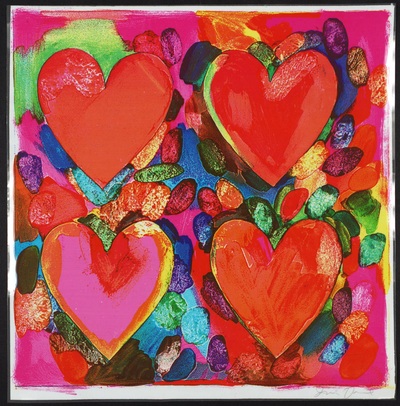
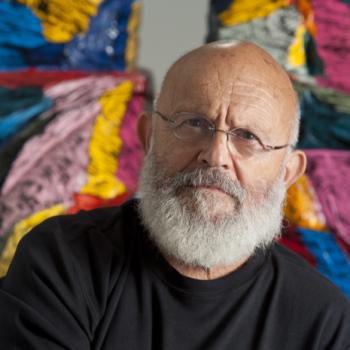
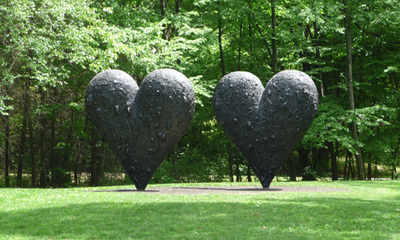
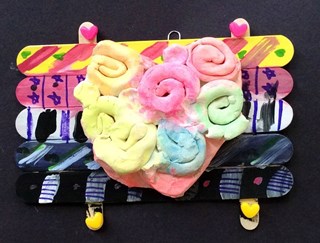
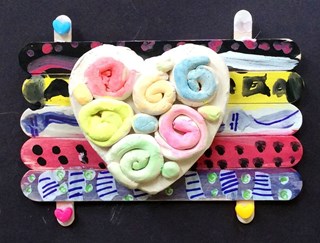
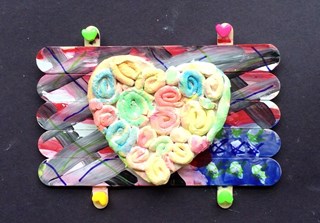
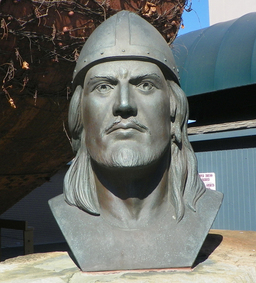
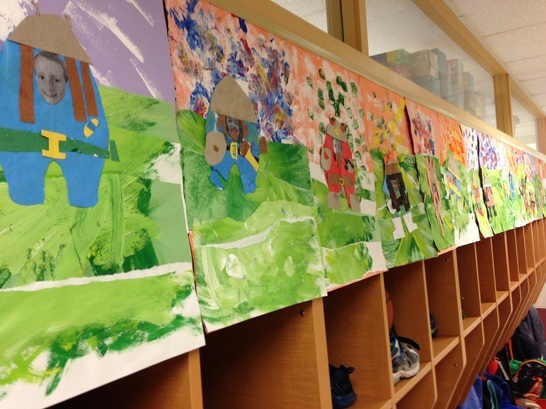
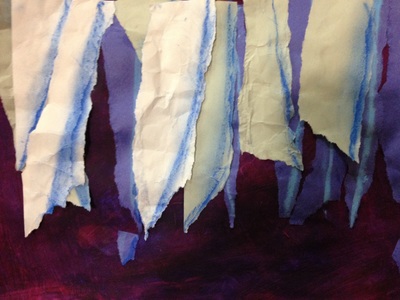
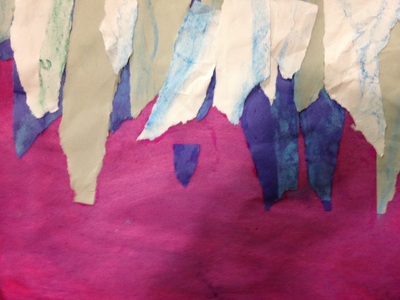
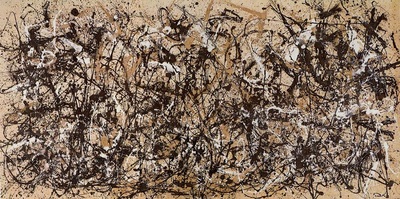
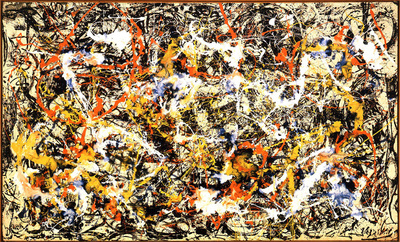
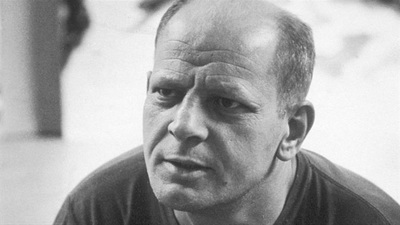


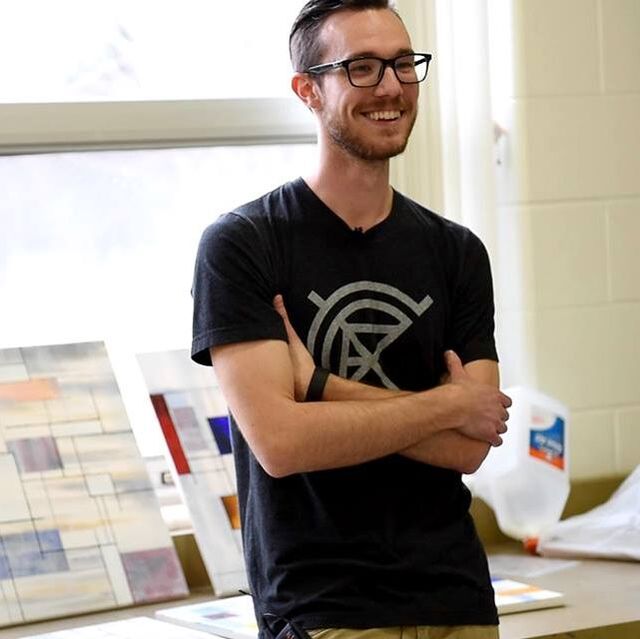
 RSS Feed
RSS Feed
